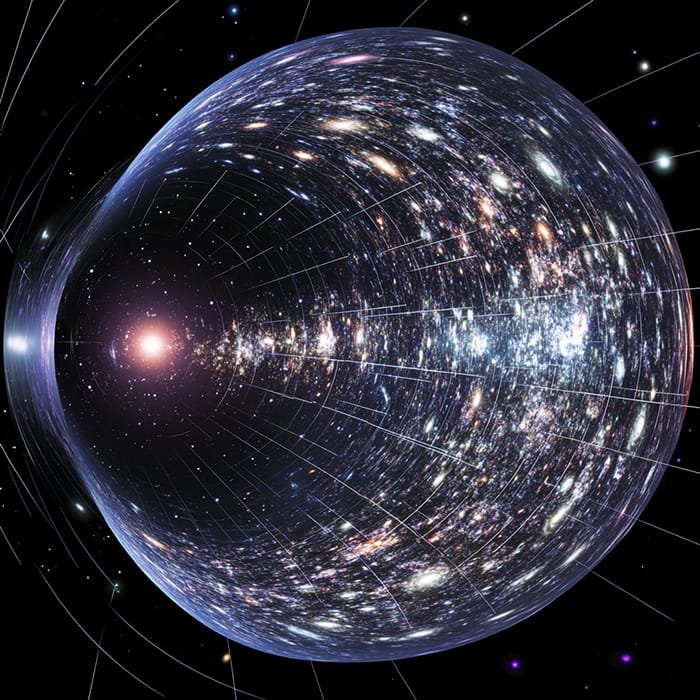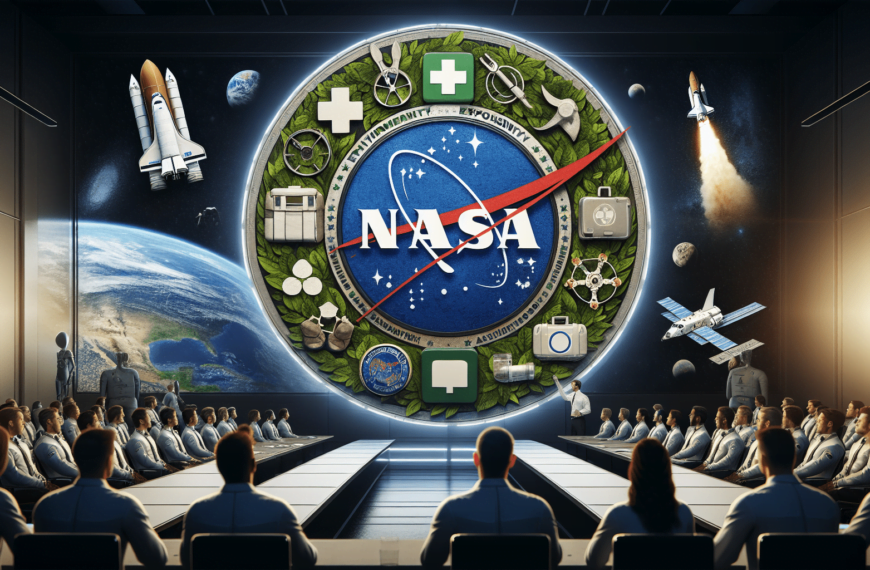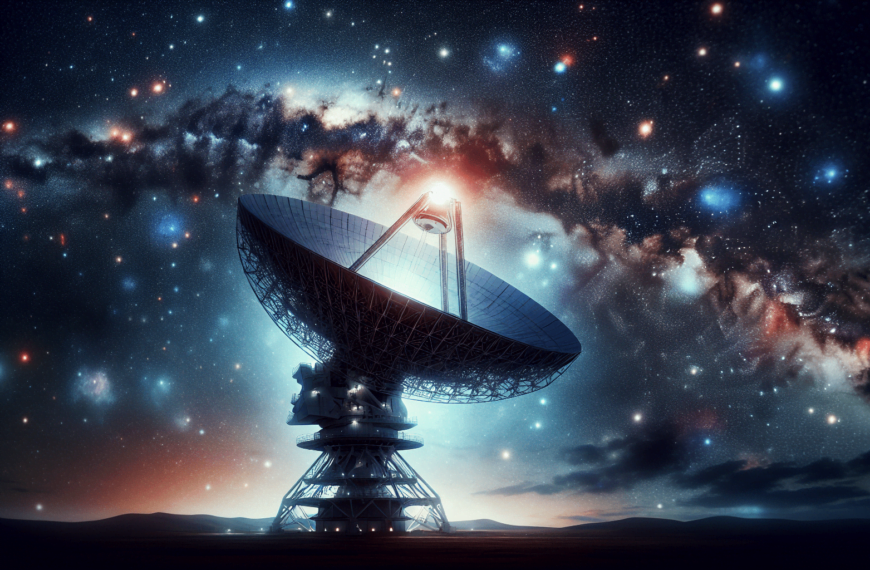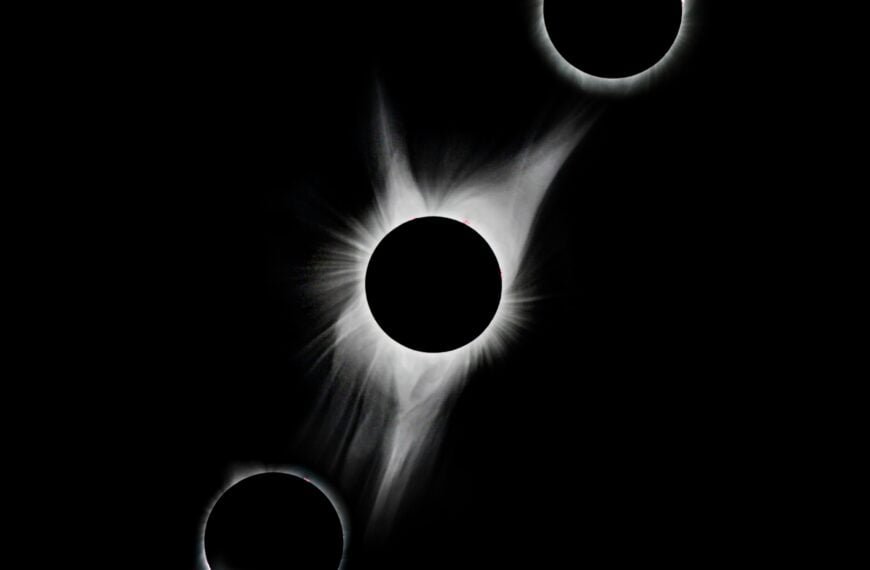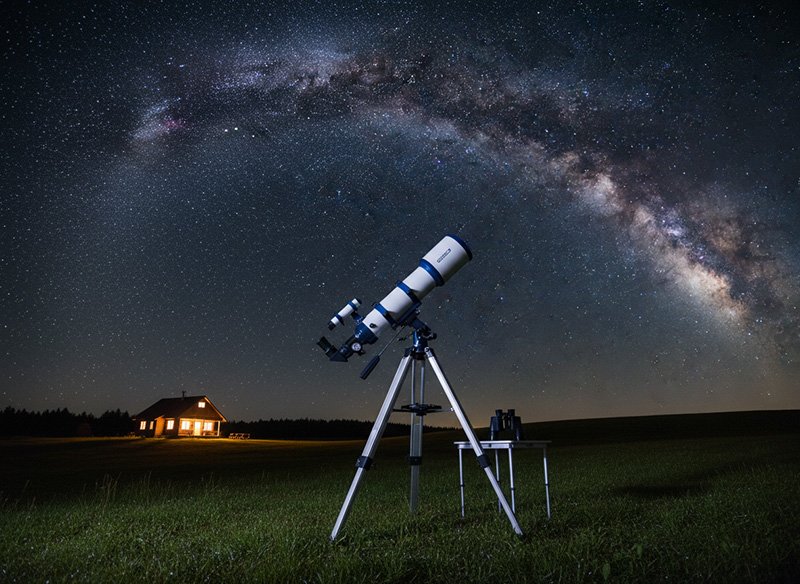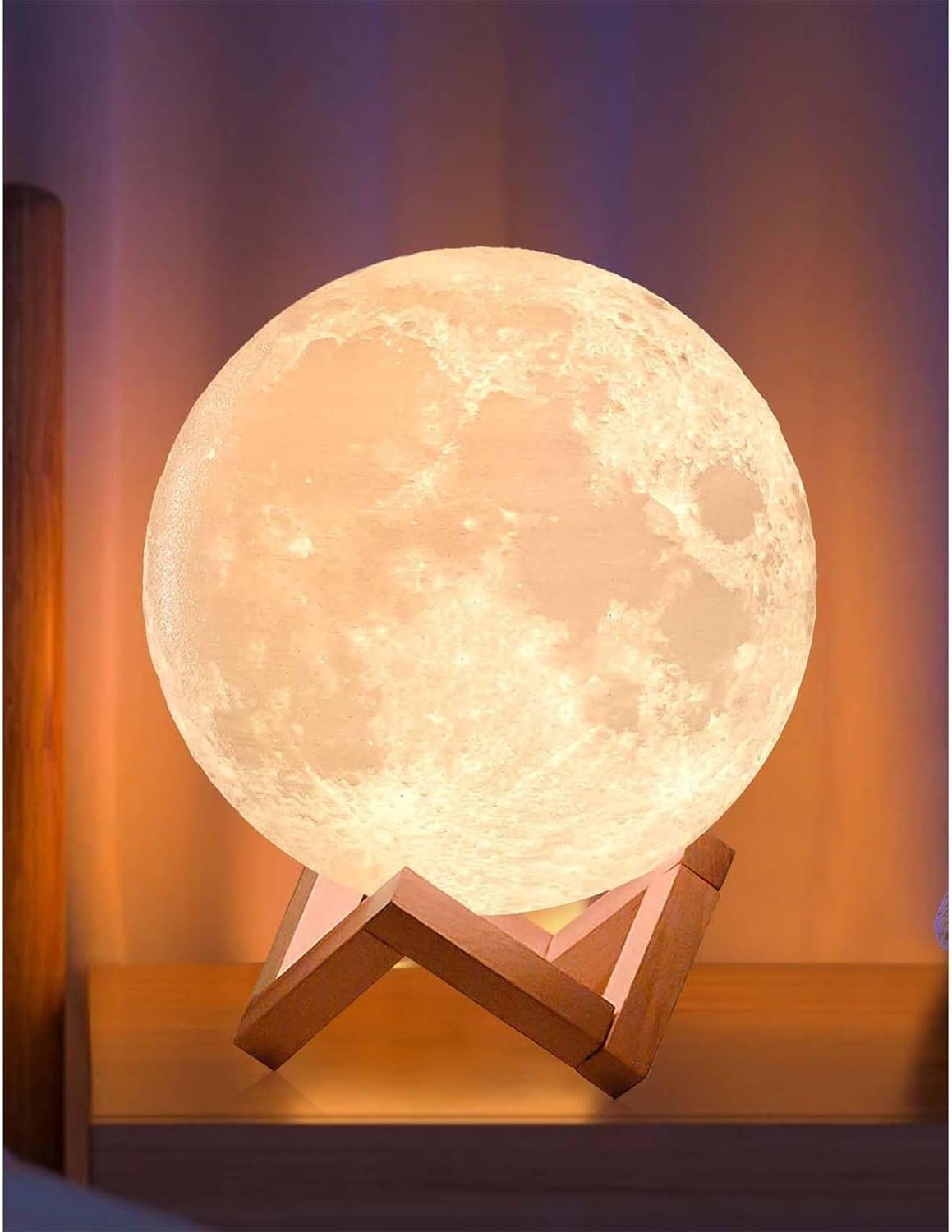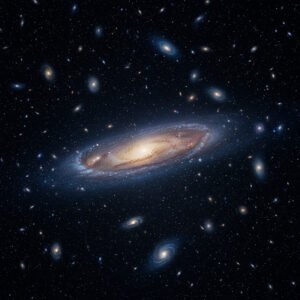NASA’s TESS discovers TIC 290061484, a record-breaking triple-star system with a tight orbit, challenging stellar formation theories.
Key Takeaways 📝
- Challenging Established Theories: The discovery of TIC 290061484, a tightly bound triple-star system, poses significant challenges to existing models of stellar formation and stability.
- Astonishing Distance: Located 5,000 light-years away in the constellation Cygnus, this record-breaking system showcases the vastness of our universe.
- Collaborative Science: The role of citizen scientists was crucial in this discovery, highlighting how amateur contributions can lead to significant scientific advancements.
- Future Implications: Understanding such complex systems can enhance our approach to exoplanet research and may lead to uncovering more tightly packed star systems throughout the Milky Way.
- Dynamic Evolution: The eventual merger of the twin stars in this system is predicted to trigger a supernova in 20 to 40 million years, illustrating the dynamic nature of celestial systems.
The vastness of space never ceases to amaze us, and NASA’s recent discovery is no exception. The Transiting Exoplanet Survey Satellite (TESS) has spotted a remarkable triple-star system that sets a new record for its tight configuration. This blog post dives deep into this fascinating discovery, exploring the details of the system, its significance, and what it tells us about the cosmos.
NASA’s TESS has once again proven its worth by uncovering a new and intriguing celestial phenomenon: a record-breaking three-star system designated TIC 290061484. Located 5,000 light-years away in the constellation Cygnus, this system challenges our understanding of stellar formation and stability. Let’s explore this discovery in detail.

What is TESS?
TESS, short for the Transiting Exoplanet Survey Satellite, is a NASA mission designed to monitor the brightness of stars and detect exoplanets as they pass in front of their host stars, causing periodic dimming. Launched in 2018, TESS has expanded our knowledge of distant worlds and complex star systems.
The Discovery of TIC 290061484
On October 2, 2024, NASA announced that TESS had discovered TIC 290061484, a tightly bound triple-star system unlike any previously observed. This discovery was made possible through the combined efforts of professional astronomers and dedicated citizen scientists.
Details of the Triple-Star System

Orbital Characteristics
The inner pair of stars in TIC 290061484 orbit each other every 18 Earth days, while the third star orbits this pair every 25 days. The entire system could fit comfortably within the orbit of Mercury around our Sun, making it exceptionally compact.
Stellar Composition
The system comprises two closely orbiting stars with a third star orbiting further out. The precise masses, sizes, and temperatures of these stars are still being studied, but their stable configuration offers a unique opportunity for astronomers to understand multi-star systems better.
Why This Discovery is Significant
This system’s tight orbit challenges previous models of star formation and stability. It suggests that such configurations may be more common than previously thought, offering new insights into the dynamics of multi-star systems.
The Role of Citizen Scientists
Citizen scientists played a crucial role in this discovery through the now-closed Planet Hunters project, which ran from 2010 to 2013. These amateur astronomers helped filter data and identify intriguing signals, showcasing the power of collaborative science.
How TESS Identified the System
TESS monitors the brightness of stars to detect periodic dips caused by transiting objects. In this case, the team used machine learning to analyze vast amounts of data and identify the strobing effect caused by the stars eclipsing each other.
Potential for Future Discoveries
The discovery suggests that many more such systems may exist across the Milky Way. With advancements in technology and future missions like the Nancy Grace Roman Space Telescope, we may uncover even more tightly bound star systems.
Implications for Exoplanet Research
Triple-star systems like TIC 290061484 present unique challenges for exoplanet detection due to their complex gravitational interactions. However, understanding these systems can provide valuable insights into planet formation and stability.
Challenges in Studying Triple-Star Systems
Studying such tightly bound star systems is challenging due to their complex gravitational interactions and the need for precise measurements of their orbits, masses, and compositions.
The Fate of TIC 290061484
The stability of TIC 290061484 won’t last forever. As the twin stars age and expand, they will eventually merge, triggering a supernova explosion in about 20 to 40 million years. This event will drastically alter the system’s dynamics.
The Promise of the Nancy Grace Roman Space Telescope
Set to launch in May 2027, the Nancy Grace Roman Space Telescope will provide high-resolution images of space, enabling detailed studies of tightly packed star systems like TIC 290061484. Its advanced capabilities will help us uncover new celestial phenomena.
Citizen Science and Machine Learning
The collaboration between citizen scientists and machine learning algorithms has proven invaluable in this discovery. By combining human intuition with advanced technology, we can analyze vast datasets more efficiently and uncover hidden patterns.

Frequently Asked Questions (FAQs)
- What is TESS?
- TESS is NASA’s Transiting Exoplanet Survey Satellite designed to monitor star brightness and detect exoplanets.
- What makes TIC 290061484 unique?
- It’s a record-breaking triple-star system with an exceptionally tight orbit, unlike any previously observed.
- How did citizen scientists contribute to this discovery?
- They helped filter data and identify intriguing signals through the Planet Hunters project.
- What challenges do triple-star systems pose for exoplanet research?
- Their complex gravitational interactions make it difficult to detect and study exoplanets within these systems.
- What is the future of TIC 290061484?
- The twin stars will eventually merge, triggering a supernova explosion in about 20 to 40 million years.
NASA’s TESS has once again expanded our understanding of the universe by discovering TIC 290061484, a record-breaking triple-star system with an exceptionally tight orbit. This discovery, made possible through the collaboration of professional astronomers and citizen scientists, challenges our understanding of stellar formation and stability. As we look forward to future missions like the Nancy Grace Roman Space Telescope, we can expect even more groundbreaking discoveries that will continue to inspire and educate us about the cosmos.
Stay tuned for more updates on space exploration and scientific discoveries!


